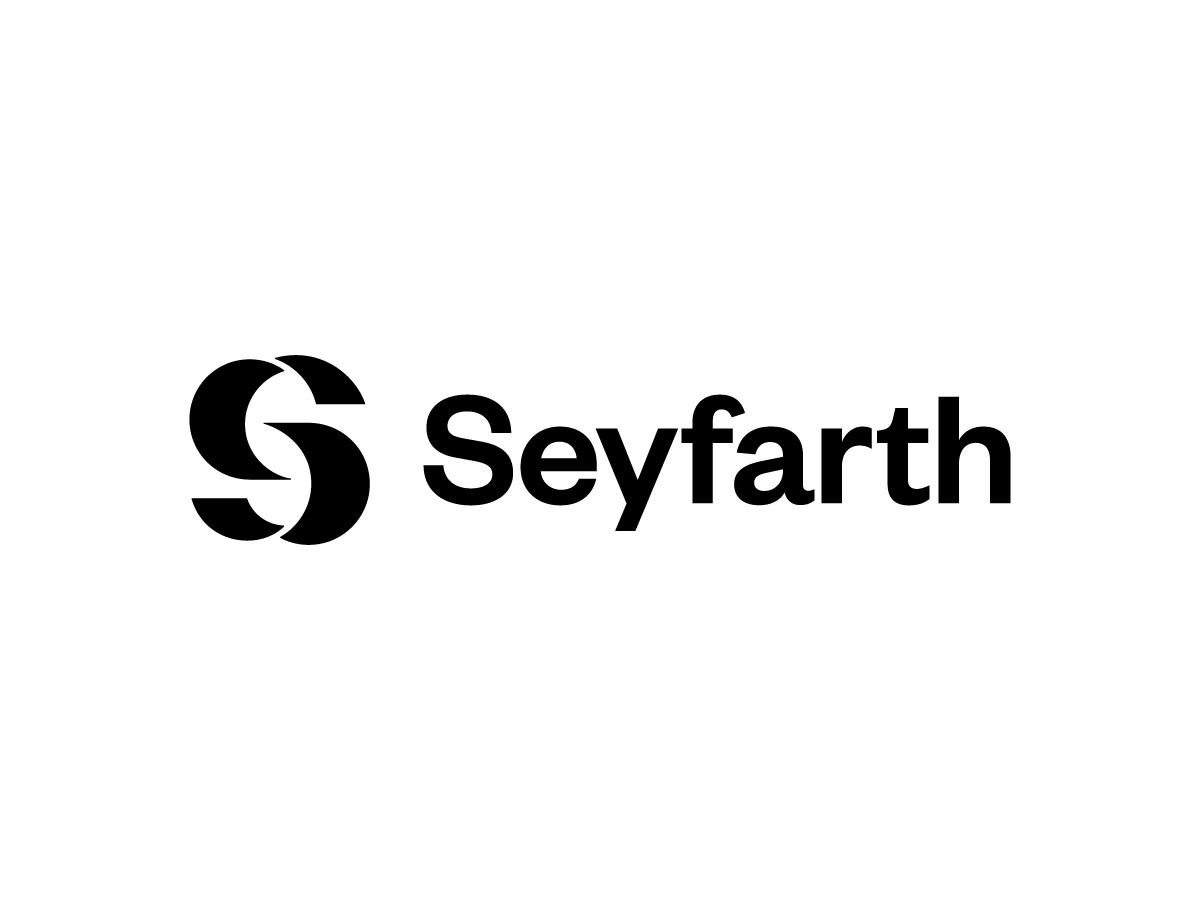How to elevate your firm’s efficiency and accuracy
Tax and accounting professionals face a perfect storm of challenges in today’s environment: talent shortage, workload compression, regulatory changes, and technological innovation. How can firms stay competitive, deliver quality services, and achieve work-life balance in the midst of these pressures? The answer lies in tax automation.
Jump to:
Tax and accounting professionals face a perfect storm of challenges in today’s environment: talent shortage, workload compression, regulatory changes, and technological innovation. How can firms stay competitive, deliver quality services, and achieve work-life balance amid these pressures? The answer lies in tax automation.
Tax automation is using technology to streamline and optimize the tax preparation process, from gathering source documents to filing returns. By leveraging automation, firms can reduce manual tasks, errors, and costs, while increasing speed, accuracy, and insights. This can lead to improved profitability, client satisfaction, and staff retention.
In this blog post, we will summarize the key insights from our recent webinar with industry experts Allen Stahl and Will Hosek, who discussed the future of tax automation and how to elevate your firm’s efficiency and accuracy.
The tax environment and the need for efficiency
According to the 2023 State of the Tax Professionals Report, driving operational efficiency is the top priority for tax and accounting firms. This is not surprising, considering the challenges that firms are facing. Firms need to find ways to streamline their workflows, reduce errors, and increase productivity while maintaining quality and compliance.
One of the ways to achieve efficiency is to adopt an open ecosystem approach, which allows firms to integrate with the best-of-breed solutions and leverage the data and insights from different sources. An open ecosystem can help firms automate their processes, enhance their collaboration, and improve their decision-making. Thomson Reuters is committed to fostering an open ecosystem and providing firms with the tools and platforms to connect with their preferred solutions.
The role of automation, APIs, and AI in enhancing efficiency and accuracy
Automation, APIs, and AI are three key technologies that can help firms enhance their efficiency and accuracy in the tax prep process.
-
- Automation: refers to the use of software or machines to perform tasks that would otherwise require human intervention, such as data entry, verification, indexing, and classification.
- APIs: or application programming interfaces, are the means by which different software applications can communicate and exchange data.
- AI: or artificial intelligence, is the ability of machines to perform tasks that require human intelligence, such as natural language processing, optical character recognition, data extraction, and verification.
As Will Hosek explained in the webcast, these technologies can help firms streamline their workflows, reduce errors, enhance the quality of services, and access data and insights to drive decision-making. He also provided some examples of how Thomson Reuters and SurePrep, a leading provider of tax automation solutions that recently joined the Thomson Reuters team, are using automation, APIs, and AI to deliver value to their customers and foster an open ecosystem. Some of these examples are:
-
- Generative AI: A form of machine learning that is able to produce text, video, images, and other types of content. Chat GPT is an example of a generative AI application that produces text based on user-given prompts.
- Project DILLY: A generative AI model that can create natural language summaries of tax returns and provide insights and recommendations for tax professionals and their clients.
- AutoVerification: A technology that can automatically verify the accuracy of data extracted from source documents and flag any discrepancies or errors.
These technologies are not only improving the efficiency and accuracy of the tax prep process but also transforming the client relationship and the role of the tax professional. As Allen Stahl pointed out, automation, APIs, and AI can help tax professionals move from being data processors to being trusted advisors, who can provide value-added services and insights to their clients.
Watch the demo above to see 1040SCAN in action
Understand how SurePrep’s scan-and-populate and workpaper solutions help accountants automate their 1040 tax workflow.
AI: Role and potential
AI is already improving the tax prep process in many ways, such as:
-
- Natural language processing (NLP): which enables machines to understand and generate natural language, such as Chat GPT.
- Optical character recognition (OCR): enables machines to read and extract data from images.
- Data extraction and verification: enables machines to validate and compare data from different sources, such as AutoVerification.
These applications of AI can help firms improve accuracy, speed, and insights, as well as reduce human intervention and errors. However, AI is not a magic bullet that can solve all the problems of the industry. AI also has some limitations and challenges, such as:
Therefore, firms need to be realistic and responsible when using AI, and understand its strengths and weaknesses. AI is not meant to replace human professionals but to augment and support them. AI can help firms automate low-value and repetitive tasks, and free up time and resources for high-value and strategic tasks, such as providing advisory services, building client relationships, and developing new skills.
The future of tax automation and the opportunities for firms
Tax automation is the key to boosting your firm’s efficiency and accuracy and staying ahead of the curve in the tax and accounting industry. By leveraging automation, APIs, and AI, you can streamline your workflows, reduce errors, enhance quality, and increase profitability. Also, you can improve client satisfaction, staff retention, and position your firm as a trusted advisor and a technology leader.
If you want to learn more about the future of tax automation and how to elevate your firm’s efficiency and accuracy, watch the webinar recording below. Also, explore the available automation solutions and embrace the future of tax automation with Thomson Reuters and SurePrep.
Product PageSurePrep 1040SCAN
|





